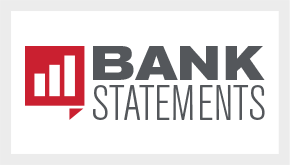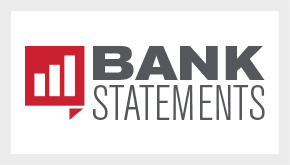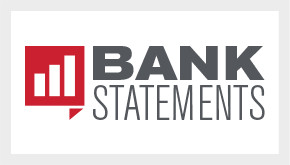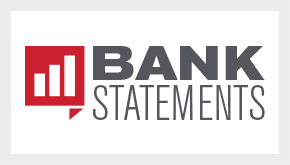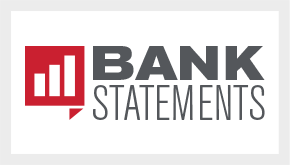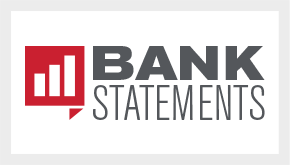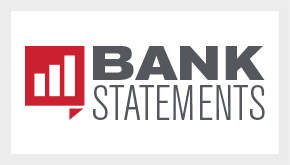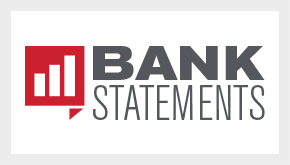New CRA Rule Expands Evaluation Areas, Could Impact Bank Business Strategy
In October 2023, the federal bank regulatory authorities adopted a final rule to significantly modify and expand requirements for banks under the federal Community Reinvestment Act of 1977 (CRA), with the goal of modernizing CRA requirements.
Rule’s Expansion of CRA Areas. In multiple ways, the rule has expanded the geographic areas in which banks will be evaluated for CRA “Retail Lending Test” compliance purposes. Each of these CRA area expansions has the potential to impact bank business decisions not only about where and how to grow a bank’s business, but also whether such growth should be undertaken at all. This potential business impact is highlighted in the dissenting statements on the rule issued by Federal Reserve Governor Michelle Bowman, Federal Deposit Insurance Corporation (FDIC) Vice Chairman Travis Hill and FDIC Director Jonathan McKernan.
CRA Areas for Intermediate and Large Banks. The new rule works differently depending on the size of a bank. A “large bank” under the rule is any bank with over $2 billion in total assets[i], and an “intermediate bank” is any bank with between $600 million and $2 billion in total assets. The rule’s CRA area changes impact both intermediate and large banks, but in different ways. The three types of CRA areas under the rule are:
- Facility-Based Assessment Areas. These are the traditional CRA assessment areas, which all banks must designate. The rule makes some changes to how these areas are defined, but these areas generally include counties in which the bank has its main office, branches or deposit-taking remote service facilities, and surrounding counties in which the bank has originated a substantial portion of its loans, including home mortgage, multifamily, small business, small farm and automobile loans. Under the rule, banks are evaluated on their performance in their facility-based assessment areas under the full panoply of CRA tests, including the “Retail Lending Test.”
- Whole County Requirement for Large Banks. The rule requires large banks to include whole counties – rather than partial counties – when designating their facility-based assessment areas. In contrast, small and intermediate banks are allowed to use partial sections of counties in designating facility-based assessment areas.
- Retail Lending Assessment Areas. The rule establishes the new concept of “retail lending assessment areas,” which are areas (i.e., metropolitan statistical areas and nonmetropolitan counties) outside a bank’s facility-based assessment areas, in which the bank has at least 150 closed-end mortgage loans or at least 400 small business loans. For each designated retail lending assessment area, the bank is evaluated under the CRA rule’s Retail Lending Test for the type of loans that triggered the designation: closed-end mortgages and/or small business loans. Retail lending assessment areas are only required for “large banks” (i.e., banks with over $2 billion in total assets).
- Exemption. Large banks that conduct over 80% of their retail lending (i.e., home mortgage, multifamily, small business, small farm and automobile loans) within their facility-based assessment areas in the two prior calendar years are exempt from this retail lending assessment area requirement.
- Outside Retail Lending Areas. The rule also establishes the concept of “outside retail lending areas,” which are designated for all large banks and any intermediate bank that conducts a majority of its retail lending outside its facility-based assessment areas[ii]. (See the paragraph below about applicability to “small banks.”) An outside retail lending area is the nationwide area that is not within a bank’s facility-based assessment areas or (if applicable) retail lending assessment areas. For the outside retail lending area, like the retail lending assessment areas, the bank will be evaluated on its retail lending to low- and moderate-income individuals and communities under the CRA Retail Lending Test, but potentially focusing on different “major product lines.”
Impact on Small Banks. Generally, the rule defines “small banks” as those with less than $600 million in total assets.[iii] Although small banks will be impacted far less than large and intermediate banks by the CRA area changes in the rule, small banks will be subject to new requirements under the new rule if they voluntarily “opt in” to be subject to the Retail Lending Test as their performance standard, in which case they would also have an “outside retail lending area” designated.
Impact on Bank Business Expansion Strategies. Banks considering growth strategies – e.g., by establishing offices in new areas or initiating new online lending programs – will need to carefully consider whether that proposed growth will trigger obligations under the new CRA rule that will create significant burdens for the bank. Similarly, a bank may wish to consider whether continuing to retain an office in a certain area or to offer certain online programs makes sense if the new CRA rule imposes significant burdens on the bank based on that office or online program.
The following situations are examples:
- Branching into a New County. A large bank may be considering establishing a new branch in a lightly populated corner of a large, populous county. Such a branch would cause the entire county to be designated as part of that bank’s facility-based assessment area, subjecting the bank to the wide variety of CRA tests for the entire county area, even though the bank’s business and customers are confined to a small area of the county. If the burden and risks related to this designation outweigh the benefits of the branch, the bank may opt not to proceed with that branch in that location. (Note that a loan production office with a deposit-taking remote service unit would also trigger this issue.)
- Growing Online Lending Programs.
A large bank with successful online lending programs may realize that continued growth of those programs could cause the bank to have less than 80% of its retail lending in its facility-based assessment areas, resulting in the bank losing its exemption from the CRA rule’s retail lending assessment area testing requirements. If the burden and risks of taking on these requirements outweigh the benefits of growing the online lending programs, the bank may take action to limit the programs’ growth.
Similarly, an intermediate bank with successful online lending programs may realize that continued growth of the programs could cause the bank to have a majority of its retail lending outside its facility-based assessment areas, subjecting the bank to the CRA rule’s outside retail lending area testing requirements. If the burden and risks of these requirements outweigh the benefits of growing the online lending programs, the bank may take action to limit the programs’ growth. - Expanding Business in LPO Areas. Banks commonly establish non-branch offices, such as “loan production offices” (LPOs) with limited functions and services, to make an initial step into a new geographic area and gain an understanding of the market. However, under the new CRA rule:
- A large bank considering establishing or growing an LPO in a certain area may realize that the new business could result in the bank having less than 80% of its retail lending in its facility-based assessment area, which could trigger new retail lending assessment area requirements and burdens for the bank.
- Similarly, an intermediate bank may find that establishing an LPO or growing LPO business could cause the bank to have a majority of its retail lending outside its facility-based assessment area and, therefore, be subject to the Retail Lending Test burdens for its “outside retail lending area.”
- Growing Loan Portfolios with Borrowers in Specific Areas. A large bank with pockets of borrowers outside the bank’s retail lending assessment area may take steps to avoid crossing the loan thresholds for mortgage loans (150 closed-end mortgage loans) or small business loans (400 small business loans) in those pockets to avoid triggering retail lending assessment area requirements.
Effective Date. Most of the new rule’s requirements will be applicable starting on Jan. 1, 2026.
Summary. As the dissenting Federal Reserve and FDIC Board members pointed out, the new CRA rule will essentially be implementing the concept of “grading on a curve” under the Retail Lending Test, which appears to ensure that more banks will be tagged with lower CRA ratings.
So, upon the rule’s effectiveness, large and intermediate banks may be put in positions of balancing the merits of investments in new communities and expanding credit opportunities for more borrowers with the risks and burdens the bank could face under the new CRA rule – knowing that a lower CRA rating would have a major negative impact on the bank.
[i]This $2 billion threshold definition for “large banks” will force many community banks to abide by the same set of requirements applicable to giant Wall Street institutions. As noted by Federal Reserve Governor Michelle Bowman in her dissenting statement on the rule, the $2 billion asset threshold not only fails to differentiate between banks with radically different business models, but it is also out of step with many other federal bank regulatory thresholds defining “large” banks as those with $10 billion in total assets or by even higher thresholds.
[ii] An intermediate bank can also voluntarily “opt in” to be evaluated in its outside retail lending area under the Retail Lending Test.
[ii] Note that “limited purpose” banks, as defined under the new rule, are treated differently than more traditional small, intermediate or large banks.




